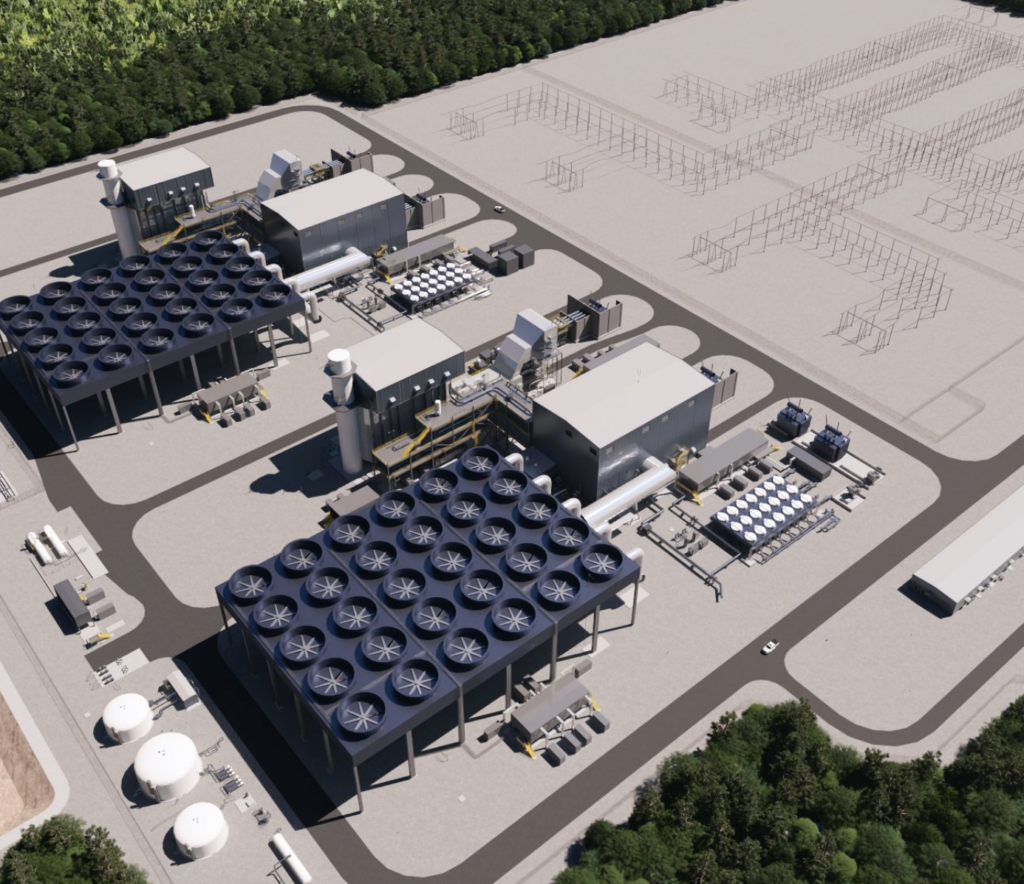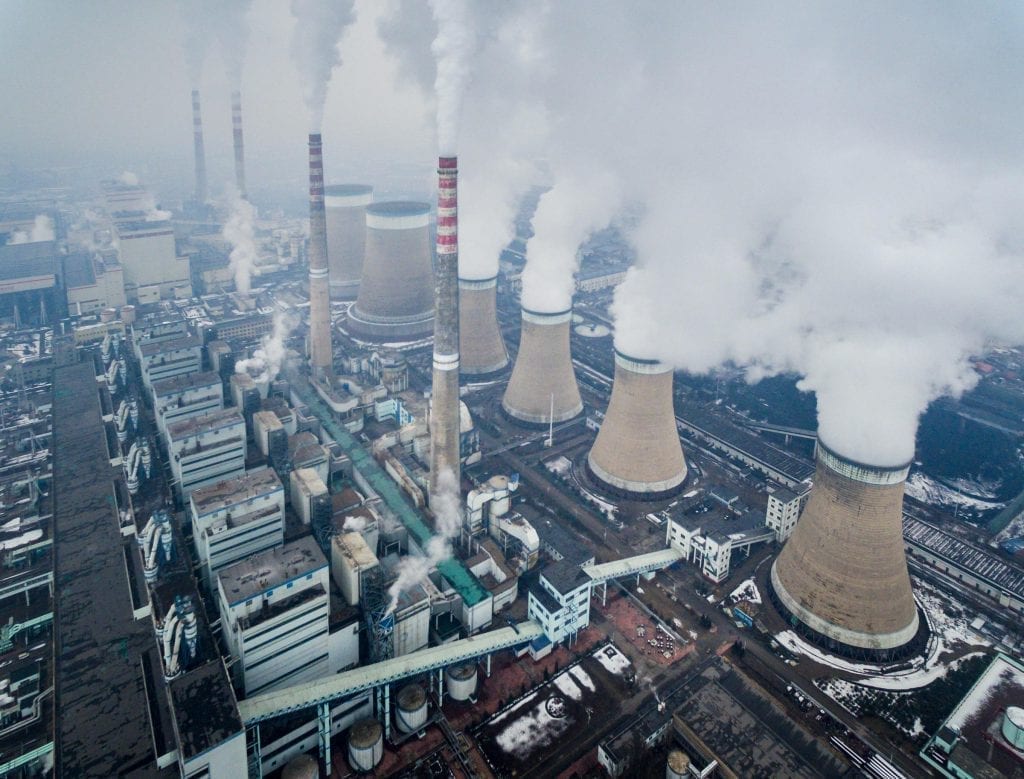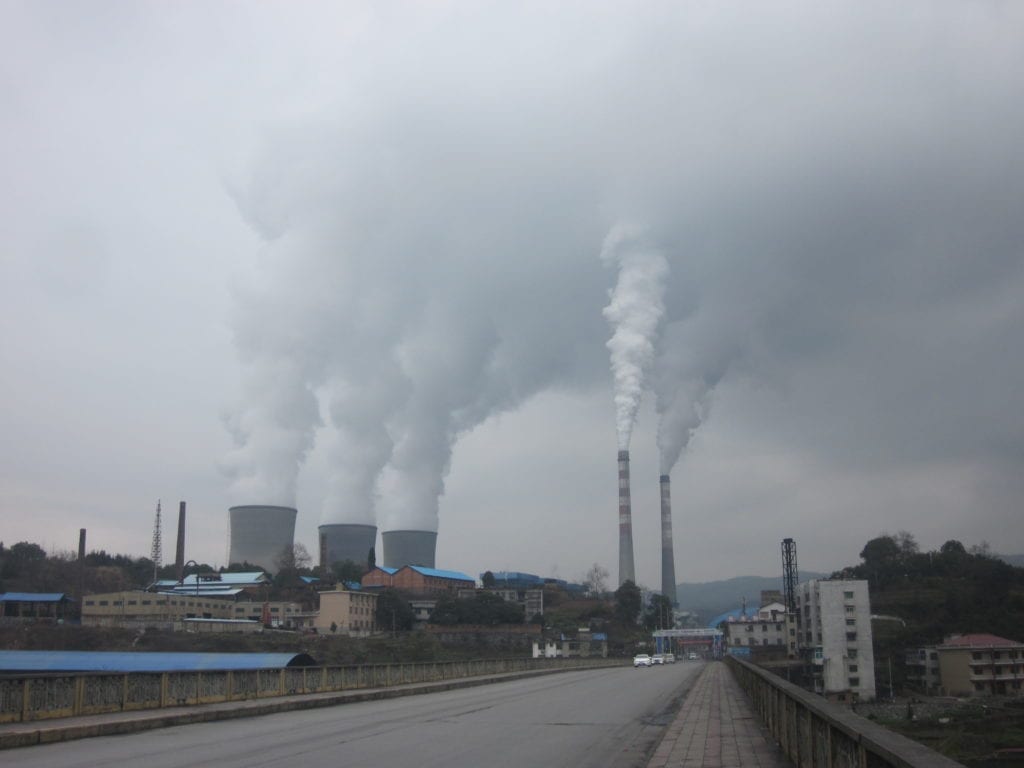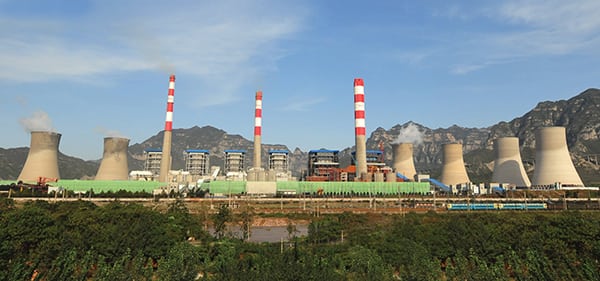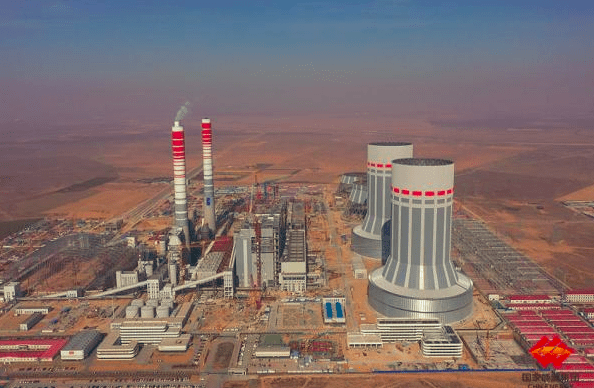Officials in China in 2017 said the country—the world’s largest emitter of greenhouse gases—would move away from coal-fired power generation. They promptly canceled more than 100 coal power plant construction projects.
But coal remains king in China, which in the past two years has added 43 GW of coal-fired generation capacity, according to a report released in mid-November by Global Energy Monitor (GEM). Air quality has improved in some parts of the country; the Swiss firm IQAir AirVisual in September said Beijing no longer is among the world’s 200 most-polluted cities, and said particulate levels are at their lowest point since record-keeping began in 2008. But the IQAir report said other areas of China continue to see upticks in pollution as local officials back coal-fired generation in an effort to support economic growth.
A Greenpeace official—the environmental group issues global air quality reports in concert with IQAir—recently said emissions of nitrogen oxide and other pollutants rose last year in northern China’s industrial region as cement and steel production increased to supply a government-backed flurry of construction. That comes even as the country continues a build-out of renewable energy projects; China at year-end 2018 had 728 GW of installed renewable power generation capacity, according to the International Energy Agency, easily the most of any country.
And it’s dwarfing other countries when it comes to coal, too. The GEM report released Nov. 19 said China “has more coal power capacity under development than any country. In total, 195.6 GW is under active development, including 121.3 GW under construction and 22.6 GW permitted for construction.” It’s also among the leaders in new coal technologies.
Those who argue against other countries’ efforts to curb coal-fired power in an effort to combat climate change cite China as one reason; they say China’s continued use of coal outweighs efforts elsewhere to curb coal-fired power. The 43 GW of generation capacity added in the past two years? That’s about the same amount of generation capacity as in the whole of Germany, a country that in January of this year said it would close all 84 of its coal-fired power plants by 2038. Coal accounts for about 40% of Germany’s electricity.
GEM tracks construction in the Chinese power industry using public announcements and satellite images, the same techniques it uses to track projects worldwide.
‘Flies Directly in the Face of Needed Emission Reductions’
“To meet Paris climate goals, climate scientists say global coal power needs to be reduced 70 percent by 2030 and phased out completely by 2050,” said Christine Shearer of GEM in a statement after the group’s report was released. Shearer is program director for coal at GEM. “China’s proposal to continue adding new coal power capacity through 2035 flies directly in the face of these needed emission reductions, and jeopardizes global climate goals.”
Chinese Premier Li Keqiang, who previously had said China needed to reduce its dependence on coal, in October said the coal industry needs to remain strong to play a key role in the country’s energy security. His statement echoed other Chinese leaders, who are grappling with an economic slowdown as the country’s experiences its slowest growth rates in almost 30 years. Part of that has been driven by the Trump administration’s ongoing trade war with China.
China’s energy administration in October said at least 40 new coal mines this year have been approved to begin operating. Officials have been meeting with industry leaders and academia as they develop the country’s 14th and latest five-year energy plan, which outlines energy development and would take effect in 2021.
The country’s current five-year plan caps coal-fired power generation at 1,100 GW. Researchers who study China’s energy sector have said there’s a push to raise that total to 1,400 GW in the next five-year plan.
The GEM report said China’s State Grid Energy Research Institute, part of the state-owned electric utility monopoly State Grid Corporation of China, “has projected that 1,200 GW of coal-fired capacity is needed in 2030 and perhaps beyond to maintain grid stability. The China Electricity Council—the industry body representing China’s power sector—has recommended coal power capacity peak at 1,300 GW in 2030. The Electric Power Planning and Design Institute, part of state-owned power company China Energy Engineering Corporation, has suggested coal power capacity may need to be 1,400 GW by 2035 to meet power demand.
“In short, these projections argue that a 100 to 300 GW expansion of the coal fleet beyond the 1,100 GW cap is necessary to maintain stability and meet demand. The Environment Ministry’s National Center for Climate Change Strategy projects China’s current Paris pledge of peaking emissions by 2030 will not be reached unless absolute limits on carbon emissions are included in the nation’s 2021–2025 five-year plan.”
More Renewable Power
Chinese leaders have said they want to add more clean energy to the country’s power generation mix, and the country’s leader, Xi Jinping, signed the Paris climate agreement. About half of the world’s electric vehicles operate in China, along with more than 90% of the world’s electric buses. About 25% of the country’s power comes from renewable resources including solar and wind.
GEM’s analysis, though, shows China will need to reduce its coal power capacity by 40% over the next 10 years to meet its Paris agreement goal, which would also call for a rapid ramp-up of generation from renewables. Reducing dependence on coal could prove difficult with the country’s 1,000 GW of current coal generation capacity, those additional 121 GW under construction, and the government’s message that China needs more coal power to meet increased demand for electricity.
—Darrell Proctor is a POWER associate editor (@DarrellProctor1, @POWERmagazine).


